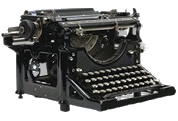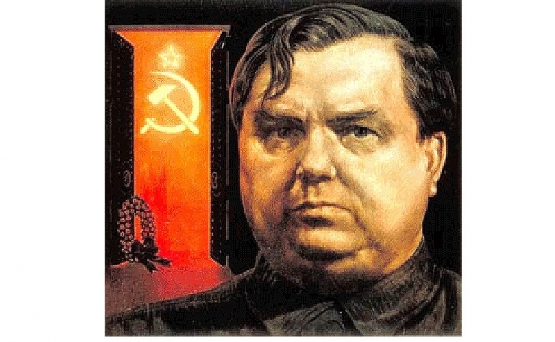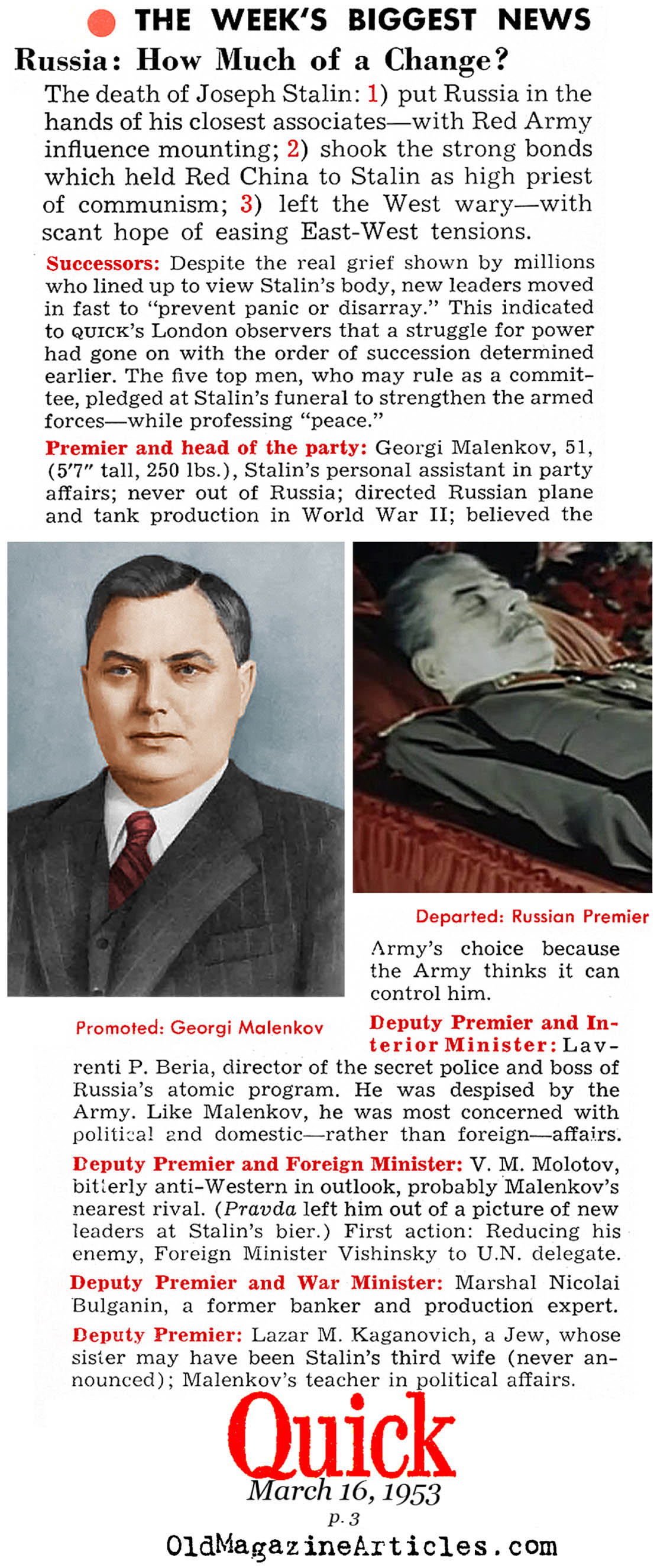The death of Joseph Stalin on March 5, 1953 generated a tremendous amount of uncertainty in the West, and a good deal of it is reflected in the attached column. A list of possible successors was provided – two of the names played an immediate roll in the governance of the Soviet Union: Georgy Malenkov (1902 – 1988) – who ruled for the first few days, until he was replaced by Nikolai Bulganin (1895 – 1975). Bulganin ran the shop until he, too, was replaced by Stalin’s right-hand man: Nikita Khrushchev (1894 – 1971) – who was known widely as “the hangman of the Ukraine”.
1953 was the year in which the Cold War showed some signs of thawing out a wee bit. Serious peace negotiations seeking an end to the Korean War were commenced (click here to read about that) and in April the Associated Press journalist William Nathan Oatis was released from a Czechoslovakian prison after having served two years of a ten-year sentence for espionage.
Additional magazine and newspaper articles about the Cold War may be read on this page.
KEY WORDS: USSR power struggle 1953 Moscow,death of Stalin March 5 1953,cold war insecurity following 1953 death of Stalin,Moscow power struggle 1953,premier stalin dies march 5 1953,power vacuum 1953 moscow









































